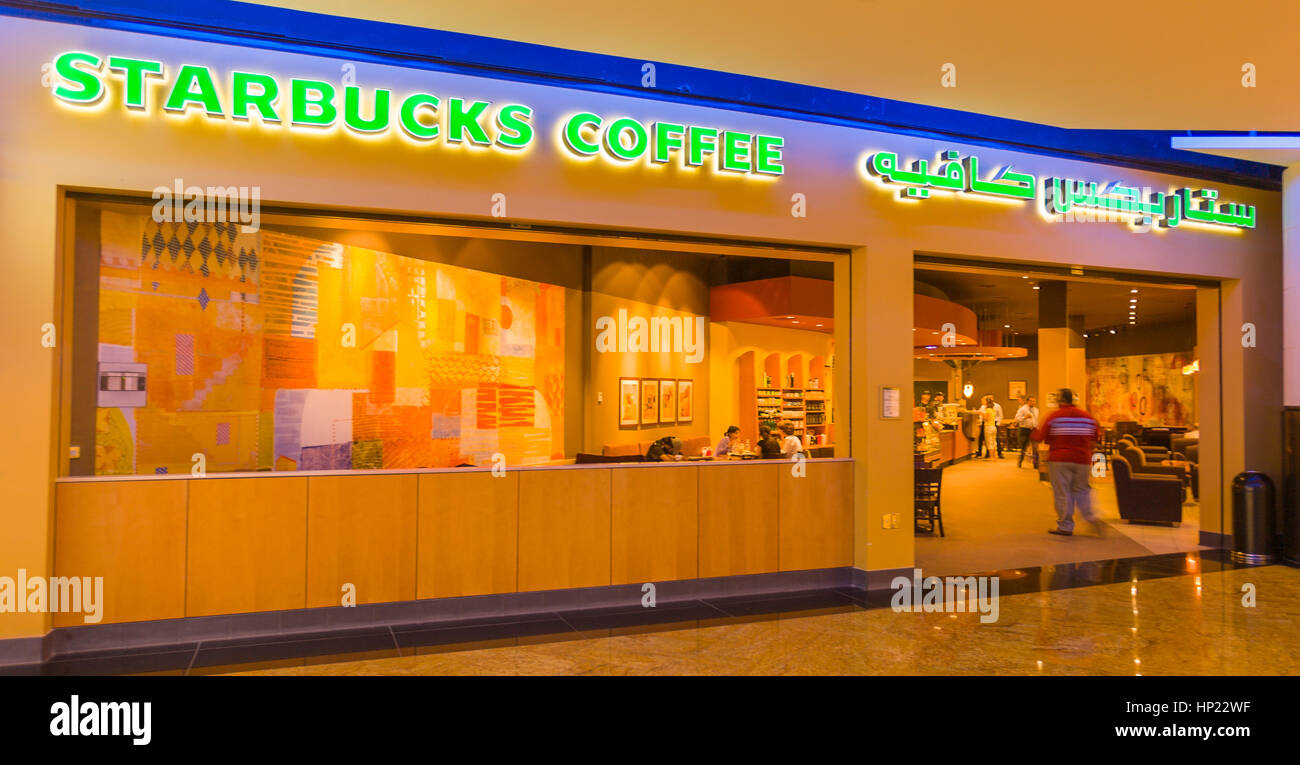
- #Coffee shop in dubai arabic coffee shop install#
- #Coffee shop in dubai arabic coffee shop software#
- #Coffee shop in dubai arabic coffee shop Pc#
Source: Wikipedia, " NEC PC-9801", available under the CC-BY-SA License. Seiko Epson manufactured PC-9801 clones, as well as compatible peripherals. However, localized versions of MS-DOS or Windows will still run on PC-9801s.
#Coffee shop in dubai arabic coffee shop Pc#
The PC-98 is different from the IBM PC in many ways for instance, it uses its own 16 bit C-Bus instead of the ISA bus BIOS, I/O port addressing, memory management, and graphics output are also different.
#Coffee shop in dubai arabic coffee shop software#
NEC's decision to work with Microsoft to offer a PC-98 compatible version of Windows 95 could be seen as the first step towards the PC-98's downfall, as consumers were no longer required to have an NEC-built system to run software designed for Windows. Software for the PC-98 generally ran from program and data disks (Disk 0 & 1) or (A & B), and NEC did not have a strong GUI to go up against Microsoft's Windows 95 when it took Japan's PC market by storm.
#Coffee shop in dubai arabic coffee shop install#
Despite having hardware specifications far inferior to the Fujitsu FM Towns and Sharp X68000 personal computers, the massive install base and steady flow of game titles (in particular "dōjin" style dating sims and RPGs, as well as early games of the Touhou Project franchise) kept it as the favored platform for PC game developers in Japan until the rise of the DOS/V clones. The PC-9801 had thousands of game titles designed for it, many of which made creative use of the system's limitations (it was originally designed as a business machine) to great commercial success. While NEC did not market these specific machines in the West, it did sell the NEC APC III, which has similar hardware as early PC-98 models. Its successor, the PC-9801E, which appeared in 1983, employed an 8086-2 CPU, which could selectively run at a speed of either 5 or 8 MHz. Its 8-color display had a maximum resolution of 640×400 pixels. Legal note: Old Games Finder is a search engine and assumes no responsibility for the content of external websites.

It ran at a clock speed of 5 MHz, with two µPD7220 display controllers (one for text, the other for video graphics), and shipped with 128 KB of RAM, expandable to 640 KB. The PC-9801's last successor was the Celeron-based PC-9821Ra43 (with a clock speed of 433 MHz), which appeared in 2000. After that, the decline of the PC-98 began. In 1990, IBM Japan introduced the DOS/V operating system which enabled displaying Japanese text on standard IBM PC/AT VGA adapters. In the 1980s and early 1990s, NEC dominated the Japan domestic PC market with more than 60% of the PCs sold as PC-9801 or PC-8801. It was initially priced at 298,000 yen (about 1,200 USD in 1982 dollars). The platform established NEC's dominance in the Japanese personal computer market, and by 1999, more than 18 million PC-98 units had been sold. The cafeteria is conveniently situated in the Dubai Garden Centre and sells real coffee and home-cooked meals, including burgers, salad dressings, and mouthwatering soups.

The NEC PC-9801, also referred to as PC-98, is a Japanese 16-bit microcomputer manufactured by NEC. These are some of Dubai’s frequently visited coffee houses, developed by a group of coffee-loving kiwis’. Article Edit | History | Editors Action Page


 0 kommentar(er)
0 kommentar(er)
